Following easy step-by-step illustrated instructions you can repair hundreds of household appliances and other things — including a coffee maker.
What’s wrong with it? That’s the first big question in fixing broken things. Any broken things! It doesn’t matter whether you need door chime repair, gas grill repair, toy repair, or computer printer repair. You can repair stationary things, mechanical things, electrical things, and hybrid things.
Figuring out what’s wrong with it is the most important task. Once you know what’s wrong with it, you’re well on the way to fixing it–or making an informed decision not to. Figuring out what’s wrong with something may sound obvious, but it’s often the step that keeps folks from fixing things easily.
Troubleshooting is a problem-solving process with the goal of returning an item to its as-designed state. The item doesn’t work at all, doesn’t work correctly, doesn’t work efficiently, or doesn’t stop working. You can fix anything if you know how to troubleshoot it. And you can troubleshoot if you understand how an item works and how to figure out why it doesn’t work. Here’s the process:
For example, a coffee maker, obviously, is an apparatus for brewing coffee. There are two types of coffee makers: drip and percolator. A drip coffee maker is designed to heat water then pump it to drip through the coffee basket and into a carafe. Most drip coffee makers also keep the carafe of coffee warm. That’s a drip coffee maker’s as-designed state; that’s what it’s supposed to do.
What does it not do? In our example, the drip coffee maker doesn’t keep the coffee hot, though everything else works.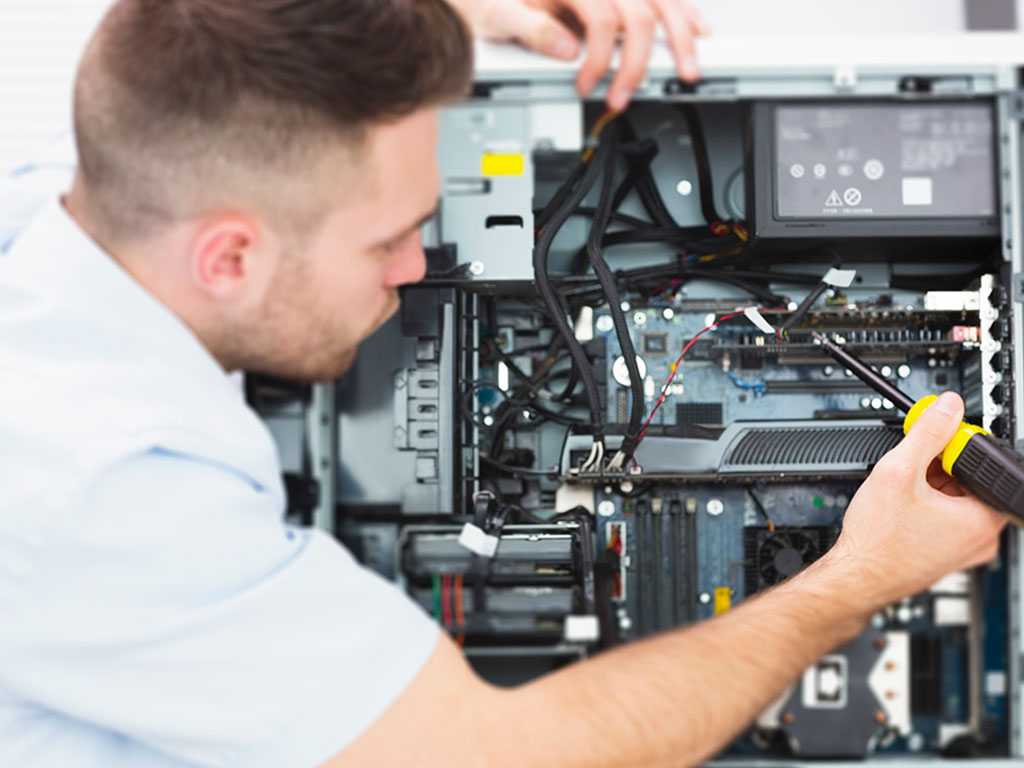 Knowing how a coffee maker is supposed to work, you will identify the problem to be within the warming element or controls. To check it you need a multimeter for testing these components. Then, following the specific steps in the Coffee Maker Fix-It Guide, you disassemble, test, and, if needed, replace the part. Finally, you can brew yourself some coffee and know that it will stay warm.
Knowing how a coffee maker is supposed to work, you will identify the problem to be within the warming element or controls. To check it you need a multimeter for testing these components. Then, following the specific steps in the Coffee Maker Fix-It Guide, you disassemble, test, and, if needed, replace the part. Finally, you can brew yourself some coffee and know that it will stay warm.
So, that’s the fix-it process . You can apply it to every thing that’s broken. That’s because the fix-it process works for every thing. It’s a simplified version of a time-tested problem-solving system. If it’s fixable, you can do it!
Let’s take a look at some of the things that you can restore to working condition using the fix-it process. They include stationary, mechanical, electrical, and hybrid things. Every thing in your household falls into these categories.
We independently review everything we recommend. When you buy through our links, we may earn a commission. Learn more›
When you buy through our links, we may earn a commission. Learn more›
Advice, staff picks, mythbusting, and more. Let us help you.
Photo: Serhii Sobolevskyi/iStockShare this post
Imagine that you spent over a thousand dollars on your laptop just a few years ago, but now it barely holds a charge. Without a new battery, you’re tethered to an outlet, which is both wildly inconvenient and not the point of a laptop. But it turns out that a new battery is impossible to install anyway, so you feel forced to drop another grand on a new laptop, even though your old one works perfectly fine otherwise. This is actually a near-universal experience, whether it involves a laptop, a phone, or a car.
As products get more difficult to repair, a growing right-to-repair movement has been pushing for legislation that requires access to repair tools. Last week, President Joe Biden signed an executive order that pushes the Federal Trade Commission to make third-party product repair easier, but that’s just part of the larger issue. Let’s take a look at how and why any of this matters.
Let’s take a look at how and why any of this matters.
The idea behind “right to repair” is in the name: If you own something, you should be able to repair it yourself or take it to a technician of your choice. People are pretty used to this concept when it comes to older cars and appliances, but right-to-repair advocates argue that modern tech, especially anything with a computer chip inside, is rarely repairable.
Legally, American shoppers are mostly already allowed to repair whatever they buy (those warranty-voiding stickers you’ve probably seen on gadgets are usually bogus under the Magnuson Moss Warranty Act), but practically speaking, people are often denied the information or the parts to do so. This is where the right-to-repair movement comes in. The Repair Association, a right-to-repair advocacy group, has several policy objectives, including some that can be corrected with laws and others that require a shift in buyer expectations.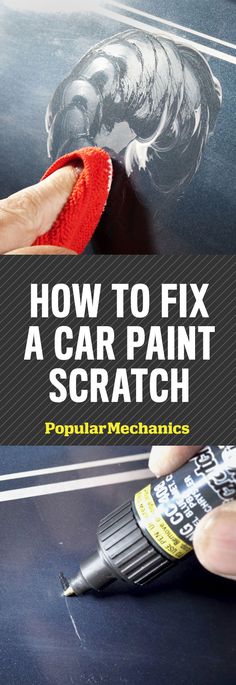 Those objectives are:
Those objectives are:
The first two bullet points are included in most right-to-repair legislative proposals. Software licensing is where the laws get strange, but for now, there’s an exemption in the Digital Millennium Copyright Act that makes it legal to “jailbreak” devices such as phones, speakers, appliances, and nearly anything else.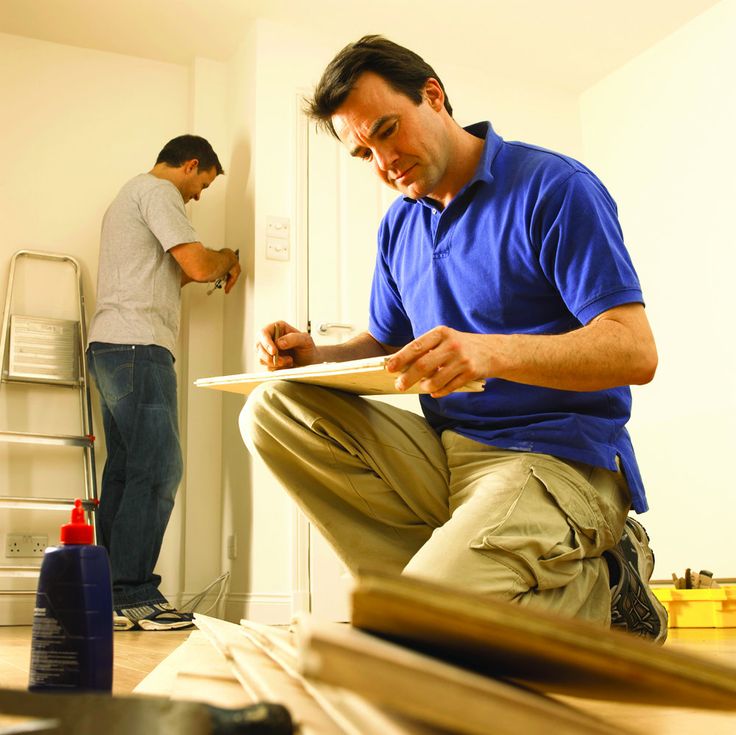 This exemption theoretically allows a device to run custom software, which can extend its life or functionality if the manufacturer abandons that device. However, just because such modifications are legal doesn’t mean they’re possible, and manufacturers routinely push out updates to block jailbreaking.
This exemption theoretically allows a device to run custom software, which can extend its life or functionality if the manufacturer abandons that device. However, just because such modifications are legal doesn’t mean they’re possible, and manufacturers routinely push out updates to block jailbreaking.
The last core idea, designing with repairability in mind, is less about enacting laws and more about shifting expectations. Gay Gordon-Byrne, executive director of the The Repair Association, notes that although currently proposed right-to-repair laws focus on the first two objectives, “There's obviously a lot of other work that needs to be done to make sure that we stop making things that can’t be fixed.”
One potential way to tackle the design problem comes from France’s repairability index, which assigns repairability scores in hopes of shifting buyer behavior. In this global economy, any company that wants to sell its products in France needs to submit its products’ scores on that index. The closest equivalent in the US is the EPEAT Registry, which doesn’t put as robust of a focus on repairability in its sustainability scores.
The closest equivalent in the US is the EPEAT Registry, which doesn’t put as robust of a focus on repairability in its sustainability scores.
Repair advocates focus on more than just consumer technology, too, as they have also highlighted the need to repair John Deere tractors, medical equipment, and more.
More and more products aren’t easily repairable. A product may be impossible to open up without destroying it (wireless earbuds are notorious for this, though novel solutions sometimes come up), may have no third-party options for parts (Nintendo was recently sued over “Joy-Con drift,” a problem that requires Switch owners to send in their controllers to Nintendo for a fix), or may deny owners the ability to install custom software to extend its life after the company ends support (smart-home devices struggle with this, such as when Sonos tried to sunset support for older devices, or when Nest disabled the Revolv Hub). Even appliances, long a bastion of repairability, are increasingly utilizing computer chips, becoming potentially more difficult to fix down the road.
Intentionally or not, manufacturers employ all sorts of tricks that make repair difficult, such as using proprietary screws, declining to publish repair documentation, or gluing parts together. Sites like iFixit (which also sells some of our favorite repair tools) have sprung up over the years to offer product “teardowns” and documentation for user repair. But a single company or a handful of dedicated YouTube tutorial creators can make only so much documentation to cover the sea of products that exist today.
There is the hope that with increased repairability, the world will see less e-waste. “You can’t make them last if you can’t make them work,” said Gordon-Byrne. “Any time a manufacturer says that they are being good to the environment, and then they refuse to let you fix your stuff, I just cry foul.” Nathan Proctor, senior right to repair campaign director at U.S. Public Interest Research Group, a consumer-advocacy group, agrees: “We shouldn’t be recycling usable technology, we should be reusing it.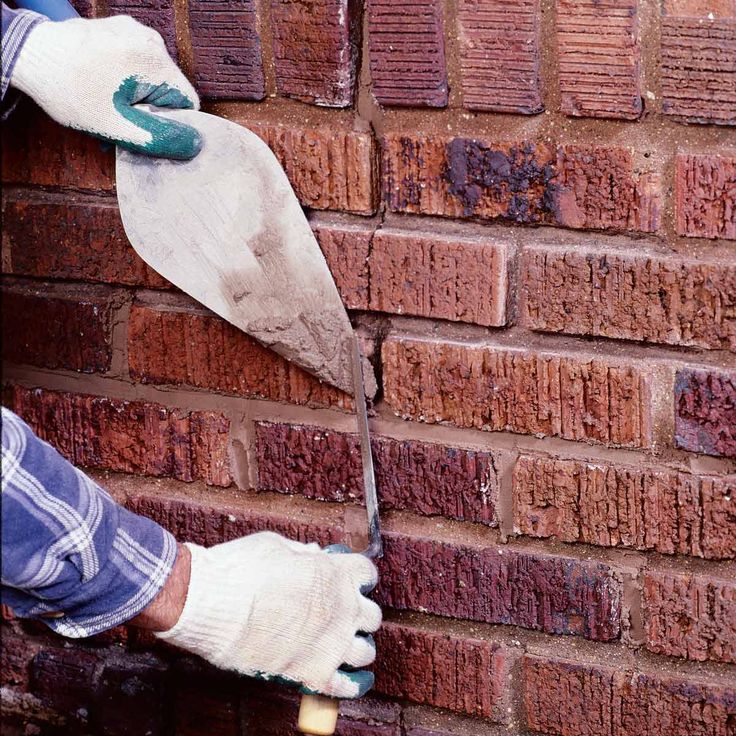 That’s far better for the environment.” An easy layup in this department for most companies would be offering some way to replace the battery, as Kyle Wiens, CEO of iFixit, says: “There’s lots of things we would like, but that’s the one that limits life spans the most and I think harms consumers the most.”
That’s far better for the environment.” An easy layup in this department for most companies would be offering some way to replace the battery, as Kyle Wiens, CEO of iFixit, says: “There’s lots of things we would like, but that’s the one that limits life spans the most and I think harms consumers the most.”
Take Apple as an example of how this kind of thing tends to play out. Sure, Apple has the Genius Bar for repairs. But not every city in the country has an Apple Store, and in rural areas driving to one might take hours. After years of pushback, in 2019 Apple finally opened its iPhone parts and tools to third-party repair shops (and in 2020 it expanded that to Macs), but Apple continues to make computers that aren’t easily upgradable or repairable by buyers after purchase. Right-to-repair legislation would ensure that at the very least, Apple would be required to make those repair parts and tools, alongside basic documentation, available to everyone.
Apple isn’t the only offender here. Wiens points to Samsung as another culprit: “If you go to a local repair shop with a cracked S11 and say, ‘Will you fix it?’ they’ll say, ‘Well, we could, but it’s so expensive you don’t want to bother.’” Wiens adds that Samsung also has diagnostic tools that independent repair shops don’t have access to, which gives official repair shops a competitive advantage.
Wiens points to Samsung as another culprit: “If you go to a local repair shop with a cracked S11 and say, ‘Will you fix it?’ they’ll say, ‘Well, we could, but it’s so expensive you don’t want to bother.’” Wiens adds that Samsung also has diagnostic tools that independent repair shops don’t have access to, which gives official repair shops a competitive advantage.
There’s also evidence that when companies want to make something repairable, they can. Wiens points to the Surface Laptop 3, which Microsoft improved in terms of repairability between versions without changing the core design. “They rearranged things inside the product, and they found their way to making a serviceable product.”
Buyers have taken for granted that what they buy can be repaired, but that’s increasingly not the case. Right-to-repair legislation would establish rules that promote repairability practices throughout industries, including consumer technology, agriculture equipment, and medical equipment. By requiring manufacturers to sell replacement parts and make documentation available, such laws would make it easier for people to extend the life of the products they buy.
Facebook, Toyota, Verizon, and other companies lobbied against a right-to-repair law in New York state in 2018, according to The Markup. In 2017, an Apple lobbyist warned one Nebraska senator that the state would suddenly become a hotspot for bad actors if it passed right-to-repair legislation.
One letter (PDF) signed by many industry lobbyists opposing Hawaii’s SB425, including industry groups such as the Association of Home Appliance Manufacturers and the Consumer Technology Association, outlines the main points in opposition to right-to-repair legislation: security risks from giving criminals access to technical information, safety risks from unauthorized repair, and risks to intellectual property.
The industry trade group TechNet issued a statement in response to Biden’s executive order, stating, “Allowing unvetted third parties with access to sensitive diagnostic information, software, tools, and parts would jeopardize the safety of consumers’ computers, tablets, and devices and put them at risk for fraud and data theft.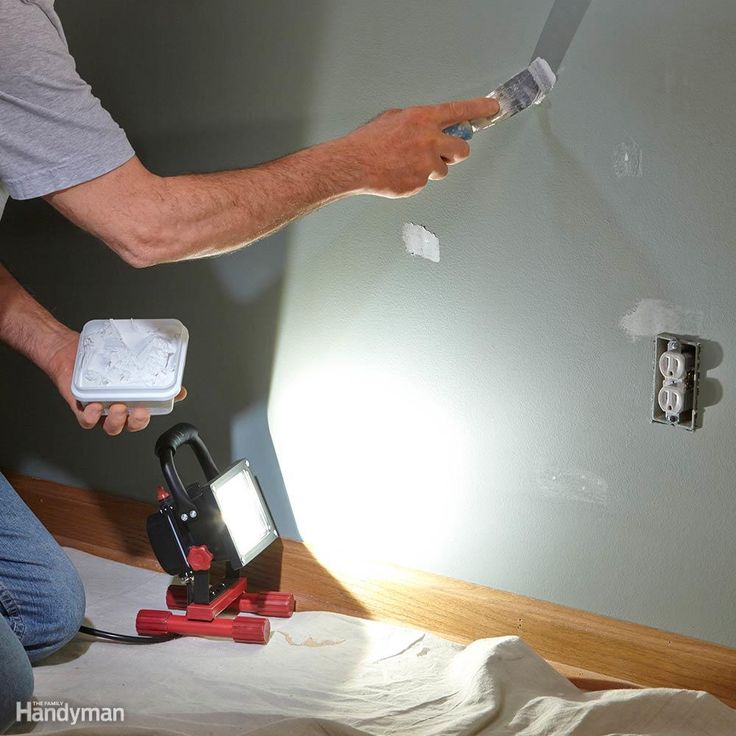 ”
”
We haven’t seen examples of security risks in practice, and some cybersecurity experts disagree with the claims manufacturers are making. Paul F. Roberts, founder of SecuRepairs.org, an organization of information security professionals who support the right to repair, says, “I think there are real issues with connected device security, but the right to repair is not really a part of that conversation.” Roberts continues, “There’s a lot to be done to make connected device ecosystems more secure, but the price of having connected devices can’t be a monopoly on aftermarket service parts and repair.”
In a May 2021 report (PDF), the Federal Trade Commission looked at many of the examples against the right to repair and found that most manufacturers’ reasoning, including statements about security and safety, was flawed: “Based on a review of comments submitted and materials presented during the Workshop, there is scant evidence to support manufacturers’ justifications for repair restrictions. ” The FTC does leave room for some of the copyright implications, though: “Commissioner Wilson and Commissioner Phillips note that the report excludes from the scope of its coverage an analysis of manufacturers’ intellectual property rights, which may provide legitimate justification for some repair restrictions.”
” The FTC does leave room for some of the copyright implications, though: “Commissioner Wilson and Commissioner Phillips note that the report excludes from the scope of its coverage an analysis of manufacturers’ intellectual property rights, which may provide legitimate justification for some repair restrictions.”
The executive order covers all sorts of consumer protections related to airlines and broadband but focuses on only one part of the right-to-repair objective: independent and DIY repairs. A fact sheet accompanying the order says it “[e]ncourages the FTC to limit powerful equipment manufacturers from restricting people’s ability to use independent repair shops or do DIY repairs—such as when tractor companies block farmers from repairing their own tractors.” How the FTC interprets this direction is yet to be seen, but on July 21 the FTC will vote on whether to issue a new policy statement, which, if approved, will offer a better idea of the scale of the commission’s rules.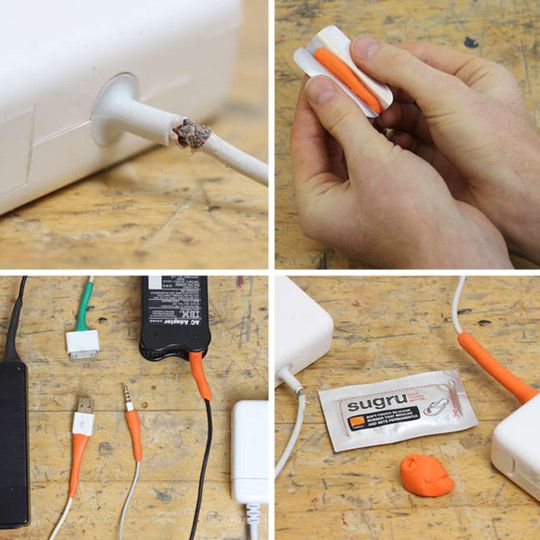
Wiens points to the eyeglass rule as a potential way to understand how the FTC might approach the right to repair: “The eyeglass rule says, if you go to the optometrists, they have to give you your prescription. When you walk out the door, they can’t force you to buy glasses. You can imagine they [FTC] could easily say, ‘Hey, if you’re going to make special software available to your manufacturer repair shops, you should make those available to consumers.’”
Proctor still sees the executive order as a win: “To me the most important part is this is an official endorsement of the right to repair as a federal policy priority for the president.” It also signals the potential for a multi-agency approach, which can help coordinate the handling of various issues in a way that still protects competition, security, and safety.
The executive order only directs the FTC to make rules, and that’s unlikely to address everything right-to-repair advocates would like to see.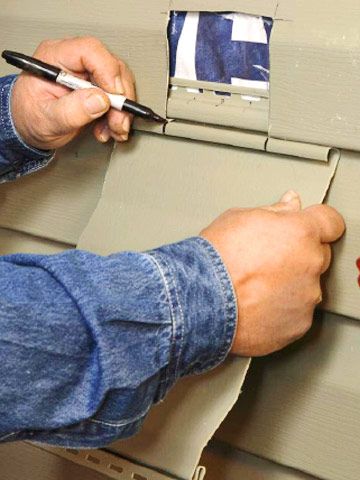 “They may or may not address all the points that we think are important,” Gordon-Byrne says. “So, we’re going to proceed as though state legislation is still going to be preferred.”
“They may or may not address all the points that we think are important,” Gordon-Byrne says. “So, we’re going to proceed as though state legislation is still going to be preferred.”
Right-to-repair legislation is making its way through at least 25 states, and one national bill has been filed in Congress. Everyone we spoke to agreed that state and federal laws are still needed even with the executive order.
To understand how new rules and laws could affect the products you buy in the future, consider similar laws specific to the automotive industry. In 2012, Massachusetts passed the Motor Vehicle Owners Right to Repair Act, which forced carmakers to allow independent mechanics to access the diagnostic tools in cars (the law has since been amended to cover wireless diagnostic data, too, though carmakers are fighting that). Essentially, if your check engine light comes on, the law makes it possible to take the vehicle to just about any mechanic to figure out why. After the bill passed in Massachusetts, carmakers agreed to use the state’s rules as a national standard. It’s possible that some right-to-repair laws will follow a similar path: If one state passes a right-to-repair law, companies may find it easier to consider that the national standard instead of trying to comply with the law in just one state.
It’s possible that some right-to-repair laws will follow a similar path: If one state passes a right-to-repair law, companies may find it easier to consider that the national standard instead of trying to comply with the law in just one state.
Even then, Proctor says, there’s still more to do: “I don’t plan to take my foot off the gas in any way. We’ll continue to push forward to get us to the point where people can have what they need to fix their stuff.”
by Nick Guy
Are old computers, smartphones, or monitors taking over your closet? We’ll tell you how to recycle your tech, with privacy tips so you can do so safely.
by Harry Sawyers
Better tools can do better work. Here’s what to get when you’re ready to handle routine home problems.
Wirecutter is the product recommendation service from The New York Times. Our journalists combine independent research with (occasionally) over-the-top testing to save people time, energy and money when making buying decisions. Whether it's finding great products or discovering helpful advice, we'll help you get it right (the first time).
Our journalists combine independent research with (occasionally) over-the-top testing to save people time, energy and money when making buying decisions. Whether it's finding great products or discovering helpful advice, we'll help you get it right (the first time).
Dismiss
To how to repair a car yourself is a section that describes everything related to the repair of a car, engine, units, mechanisms and systems.
To learn how to repair a car, you need to study the technology of repairing car units and mechanisms, where the sequence of performing the necessary repairs is clearly and in turn. The operation of the car over time leads to wear and tear of its units and mechanisms. Promotes rapid wear of vehicle parts: improper use of the vehicle, operation of the vehicle at high speeds, driving on bad roads, improper maintenance of the vehicle and aggressive driving style.
Promotes rapid wear of vehicle parts: improper use of the vehicle, operation of the vehicle at high speeds, driving on bad roads, improper maintenance of the vehicle and aggressive driving style.
| VEHICLE REPAIR CAN BE SEPARATED INTO SEVERAL PARTS: 1. Car chassis repair H The most subject to wear and tear due to the influence of poor road surfaces is the chassis of the car. All shocks and forces during the driving of the car are transmitted to the chassis of the car. Any breakdown of the chassis can lead to an emergency on the road. 1. Replacing the suspension strut - if you try to draw the suspension in the simplest version, it will consist of two main parts of the shock absorber and the spring, which together is called the strut. In this article, we will see how to replace the suspension strut support on cars Daewoo Lanos (Daewoo Lanos), Daewoo Nexia (Daewoo Nexia), Daewoo Sens (Daewoo Sens) Chevrolet Lanos (Chevrolet Lanos). In a simplified form, the suspension of a car can be represented as two main parts interacting with each other. They are called a spring and a shock absorber, and together they are called a shock absorber. But the people often call it the shock absorber itself. The strut is essentially a hydraulic two-way damper. It can resist loads such as compression and tension. The stand is arranged simply: a piston is inserted into the cylinder, and the place free from metal is occupied by liquid. It also fails simply: if the tightness is violated, the amount of liquid decreases, the ability to dampen the vibrations of the spring decreases. Visually, you can determine its performance. If the case is wet, covered with liquid, then this most likely means that it will have to be changed soon. You can also check as follows: with your hands, press on the hood or trunk lid from above and press the car down with your weight. Then let go abruptly. If the car immediately takes its original position, then everything is fine. In a simplified form, the suspension of a car can be represented as two main parts interacting with each other. They are called a spring and a shock absorber, and together they are called a shock absorber. But the people often call it the shock absorber itself. The strut is essentially a hydraulic two-way damper. It can resist loads such as compression and tension. The stand is arranged simply: a piston is inserted into the cylinder, and the place free from metal is occupied by liquid. It also fails simply: if the tightness is violated, the amount of liquid decreases, the ability to dampen the vibrations of the spring decreases. Visually, you can determine its performance. If the case is wet, covered with liquid, then this most likely means that it will have to be changed soon. You can also check as follows: with your hands, press on the hood or trunk lid from above and press the car down with your weight. 2. Replacement of silent blocks - silent block is a part of the running gear of the car, which serves to solve the problems of vibration isolation. The silent block consists of inner and outer precision bushings, inextricably connected with rubber. Silent blocks tend to wear out. In this article we will learn how to replace silent blocks with our own hands. 3. How to repair struts - there are two options here either to replace the strut or to repair the damaged strut. Practical tips for car rack repair. Modern cars are equipped with non-separable depreciation systems, which cannot be said about domestic cars, where there are maintainable parts. 4. How to assemble the wheels yourself - most motorists believe that assembling the wheels yourself is not relevant: this is true, because there is a tire service on every stretch of the road. | O General information about car repair:
|
2. Car engine repair
To The quality of engine repair depends on many factors, the main of which are: trained specialists, engine diagnostics, high-quality equipment and spare parts.
2.0. Overhaul of a car engine - a car engine has its own service life and after a certain period of mileage, there comes a time when various noises, knocks appear in the engine, oil consumption increases, blue smoke comes out of the exhaust pipe and, in general, the engine is unstable. Here you will learn how to determine the condition of the engine and how to overhaul the engine yourself.
Here you will learn how to determine the condition of the engine and how to overhaul the engine yourself.
2.1 Repair of the KAMAZ cylinder head - the procedure for performing work on the repair of the cylinder head of the KAMAZ vehicle. Basic methods of dismantling and assembly work. Equipment and tools for repairing the cylinder head.
2.2 Replacement of liners and parts of the connecting rod and piston group of the engine - how to replace liners and parts of the connecting rod and piston group with your own hands, the basics and methods of disassembly and assembly work, the assembly of parts when replacing the connecting rod and piston group of the engine.
2.3 How to change car engine piston rings - Piston rings provide a seal between the cylinder liner and the piston, and also remove heat from the piston head and prevent lubricating oil from entering the combustion chamber. The piston ring set consists of several compression rings, most often two and one oil scraper.
2.4 Machining parts to repair size
2.5 Filling cracks in body parts with curly inserts
2.6 Restoring threads with spiral inserts
2.7 Restoration of landing holes
9000 How to Diagnose a Car Engine2.16 Part Defects
2.17 Balancing Rotating Parts
3. Car body repair
K is the main and most expensive part of the car, on which its durability primarily depends. Body repairs should be carried out by qualified specialists using high-tech equipment, as this, in turn, affects not only the condition of the car, but also traffic safety.
3.1 How to repair car sills - usually the sills are welded to the base of the body and form the lower part of the body. For some types of cars, the thresholds are removable and attached to the base of the body. Thresholds are placed on the outer and side sides of the spars in the cabin area, forming protection against various emissions and weak impacts.
3.2 Extraction of dents - before extracting the dent of a part, first prepare the surface of the deformed part. How to extract dents yourself.
3.3 Restoration of form
3.4 Richtovka as a rikhty
3.5 How to Riccribe
3.6 How to eliminate the bulge of an electric heater
,000 a positive and high-quality result can be achieved only if the required technologies are observed and having experience in this matter. How to paint a car yourself.3.9 Body repair (Car painting and straightening)
4. Car transmission repair
It is almost impossible to repair any of the transmission mechanisms on your own. This requires special equipment, knowledge and great skills.
4.1 How to properly assemble the gearbox 9Ol000
The economic confrontation with Western countries has forced the owners of foreign cars to look at their service from a different angle: some parts have risen in price, others are now hard to find on the market. We asked the experts how to fix your car under sanctions.
We asked the experts how to fix your car under sanctions.
Buying auto parts from scrap is a common practice for those who want to save on repairs. In the face of sanctions and rising prices for new parts, this method is becoming even more popular. However, experts recommend using used parts wisely. If the rear-view mirror, power window, some electrical components can be replaced, then, for example, it is better to refuse to use old components that directly affect safety. For example, the steering rack should be chosen new or repaired in reliable specialized car services.
I believe that it is possible to use used spare parts in those units and types of repairs that do not fundamentally affect safety. For example, a person puts on a car wing: if the wing is relatively fresh, then it will not get worse. And if it has begun to rust or it has already been repaired, it means that in the event of an impact, it will no longer be able to take the loads that it should, and, accordingly, passive safety may suffer.
The same applies to bumpers and other power elements.
Maksim Kadakov, editor-in-chief of Za Rulem magazine
Installing used spare parts is a lottery, because, as a rule, in such cases no one will give a guarantee for a year or 100,000 kilometers. They can be used as a solution to the repair problem, but in any case, the installation of used spare parts, especially consumables, is a compromise: since it is not clear how much they have been and how much more will pass, and the time and money for replacement have already been spent. It may turn out that you have to pay twice.
Pavel Fedorov, host of the Auto Plus TV channel
Another option to save on repairs is to purchase non-original spare parts. They can exactly repeat the components that are used by the automaker on the assembly line, and may have their own differences - for example, a different alloy. It is difficult to distinguish a high-quality product from a low-quality one by eye, so experts advise giving preference to trusted manufacturers and stores. No-name parts at prices well below the market can further affect the operation of the car and lead to serious repair costs.
It is difficult to distinguish a high-quality product from a low-quality one by eye, so experts advise giving preference to trusted manufacturers and stores. No-name parts at prices well below the market can further affect the operation of the car and lead to serious repair costs.
A parts manufacturer can supply an original for one car brand and be a non-original supplier of parts and consumables for another brand. It is worth relying on such companies that have established themselves in the market and avoid cheap counterfeit goods.
Pavel Fedorov, host of the TV channel "Auto Plus"
Non-original is different. It is of very good quality, in terms of its characteristics even better than original spare parts, and sometimes the quality is completely useless. Every time you need to weigh the pros and cons, consult with experts and not try to save to such an extent that it is called “cutting”. Motorists have a saying in use: "Kroilovo leads to a popadalovo.
"
Maxim Kadakov, Editor-in-Chief of Za Rulem magazine
The choice of motor oil should be treated carefully, since the life of the engine depends on its properties. Many automakers indicate imported oils of either their own or partner brands as approved for use, but experts assure that domestic oil can also be poured, the main thing is that the viscosity and other characteristics comply with the regulations established by the automaker. But don't skimp on filters. It is better to study the issue and find a brand that has established itself as a supplier of major automakers.
The conventional wisdom that you need to pour only the oil that is indicated by the manufacturer, for example, only Castrol or only Mobil, is not true. This approach largely depends on the relationship between automakers and certain oil producers. Modern oils of the latest generations of the SN and SP groups are also produced by domestic companies.
If the manufacturer recommended such oil, then you can safely buy both imported and domestic.
Maxim Kadakov, editor-in-chief of Za Rulem magazine
You need to look at tolerances. There are domestic oils that have approvals for many imported brands. For example, Lukoil has approvals for cars of the Volkswagen and Mercedes groups. Many authorized dealers use these oils for maintenance.
Pavel Fedorov, host of the Auto Plus TV channel
According to experts, the same rule applies to brake and coolant fluids. It is important to pay attention to a reputable major brand, buy oil and other operating fluids in reliable stores. The country of origin does not play a role in this case.
The topic of import substitution is also relevant for the automotive industry. Why wait for spare parts from abroad if their production can be established in Russia? Experts say that the message is correct, but there are nuances.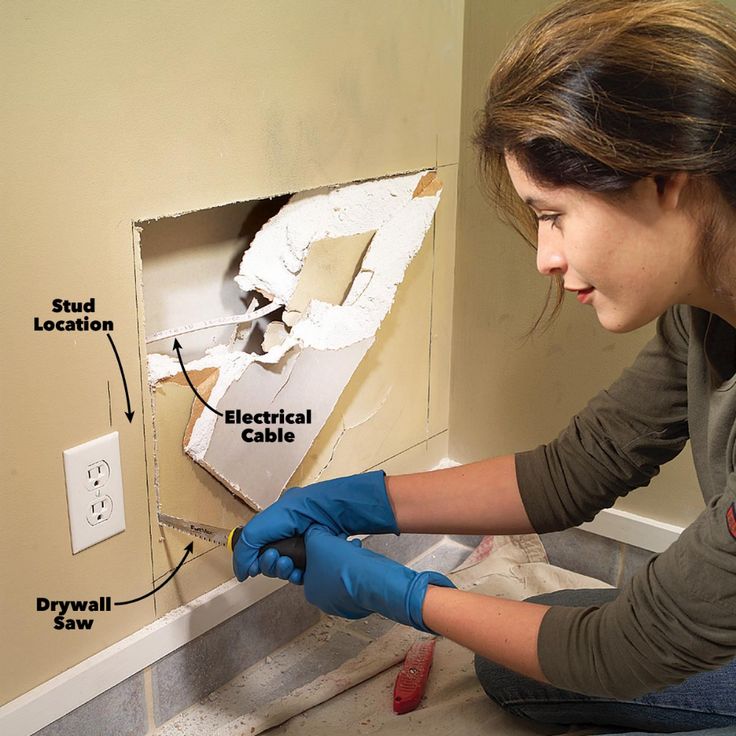 Relatively simple parts are already produced by Russian companies or can be produced if there is demand, but it is not so easy to replace technically complex components.
Relatively simple parts are already produced by Russian companies or can be produced if there is demand, but it is not so easy to replace technically complex components.
You can buy domestic radiators for various foreign cars: Hyundai Solaris, Škoda Octavia, Volkswagen Polo or Tiguan. Filters, brake pads, spark plugs, we can also produce if there is a demand. However, if, for example, a turbine breaks down, we generally do not produce turbines for gasoline passenger engines. This is a separate know-how. Also, we do not produce airbags, gearboxes, etc. This will not appear in our country either tomorrow or the day after tomorrow.
Maxim Kadakov, editor-in-chief of Za Rulem magazine
We know how to produce something individually and expensively. For example, lightweight titanium pendants, which are also exported. As for mass production, this is a whole industry - you need to produce in large quantities, in good quality and immediately understand what cars it is all made for.
Most likely, this is not economically feasible, since component suppliers work either for entire alliances or for several manufacturers at once.
Pavel Fedorov, host of the Auto Plus TV channel
Against the backdrop of sanctions, many foreign tire companies that localized production in Russia stopped their work. The supply of tires from abroad is also difficult due to broken supply chains. Someone prefers to wait for a new batch, others prefer Russian-made tires.
We have producers "Cordiant", "Kama". For ordinary drivers, these tires are suitable, but they do not make supercar tires, because our manufacturers invest less in R&D than richer foreign companies. Our tires can be, for example, less wear resistant.
Pavel Fedorov, host of the Auto Plus TV channel
If there is a conditional choice: yesterday I drove on tires that are not produced in Russia, and today I have to buy Russian-made tires, in fact, there is no catastrophe in this.
Yes, cheaper tires may wear out faster, may not provide the same level of comfort, fuel economy or, as tire testers say, traction in fast corners. An experienced driver will feel this, but if we are talking about normal operation, then most motorists will not lose anything.
Maksim Kadakov, Editor-in-Chief of Za Rulem magazine
Buying a car is not enough, you still need to take care of it: carry out diagnostics, maintenance and, if necessary, repair. The question arises before the motorist: contact an authorized dealer or an independent service. The second one is cheaper. Experts say that it makes sense to go to unofficials if the car has already traveled and the warranty has expired. However, outsourced repair does not necessarily mean a warranty withdrawal.
An authorized dealer is always preferred because people know the car and are more likely to get it right. As for unofficial dealers, it is better to choose them based on reviews.
